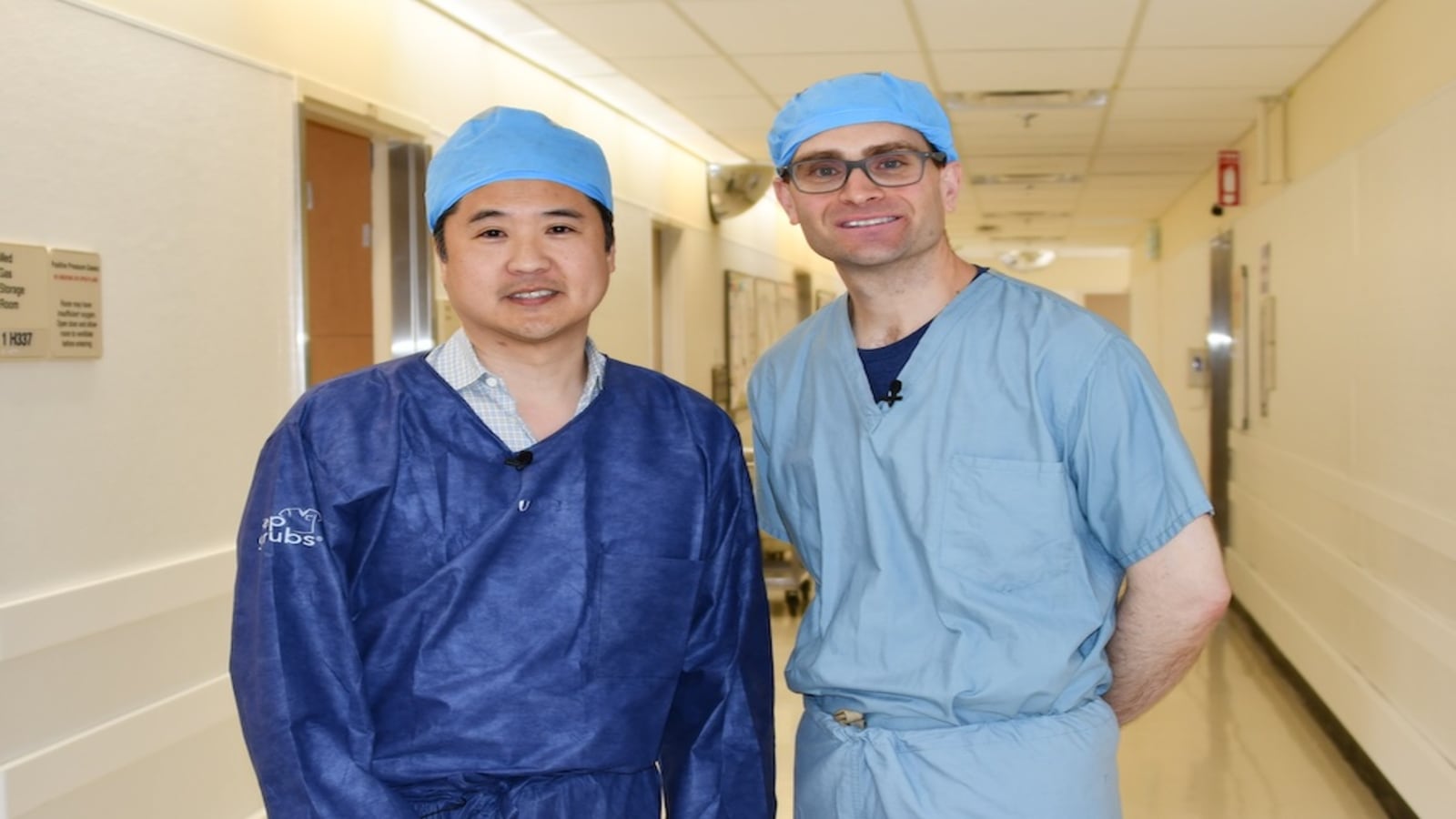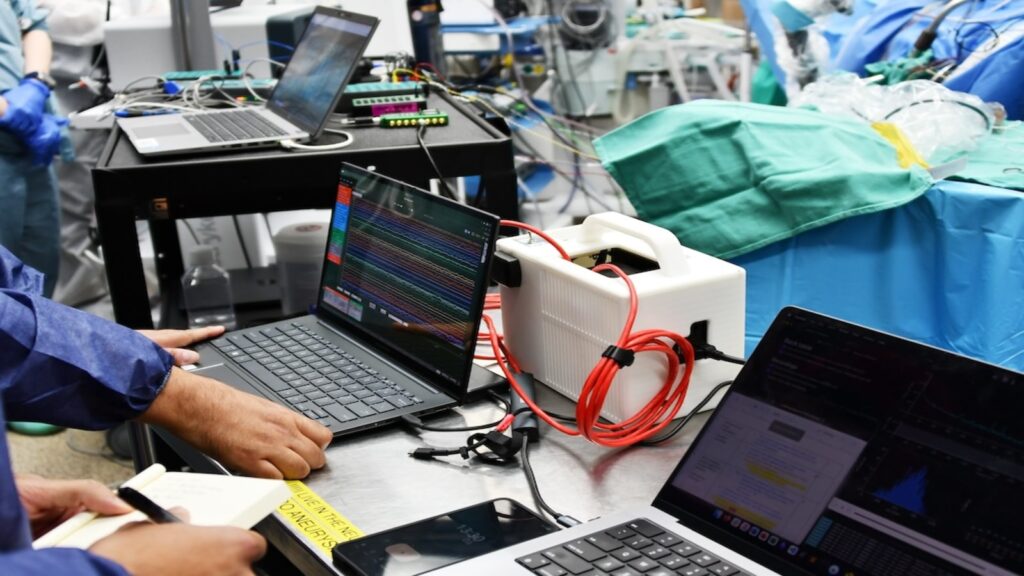Neurotech startup Paradromics has completed its first brain implant after nearly three years of preclinical studies. The company, which is developing a brain-computer interface (BCI) platform, successfully inserted its brain implant into a patient and safely removed it after about 10 minutes.
The successful insertion of the company’s brain-computer interface, dubbed Connexus, was led by Dr. Matthew Willsey of the University of Michigan, alongside Dr. Oren Sagher and a multidisciplinary team of clinicians and engineers, on May 14.
It’s a major milestone for the brain-computer interface startup, which is only a decade old. Paradromics was founded in 2015 by CEO Matt Angle, who believes that his company is on a mission to transform untreatable brain health conditions into solvable technology problems.
Austin-based Paradromics is aiming to restore speech and communication in people with spinal cord injuries, strokes, or amyotrophic lateral sclerosis (ALS). The device was implanted during epilepsy resection surgery—when the area of the brain causing seizures is disconnected or removed—to study how epilepsy influences brain signaling. The device is designed to translate neural signals into synthesized speech, text, and cursor control.
Paradromics has been testing its implant in sheep for the past few years. This is the first time the company has used the device in a human patient. The compant expects the devices will retail for $100,000.

What is a Brain-Computer Interface?
A brain-computer interface (BCI) is a system that provides a direct communication pathway between the brain and an external device. The term “brain-computer interface” was coined in 1973 by Jacques Vidal, a computer scientist at the University of California, Los Angeles, who proposed that electrical signals in the brain might one day be used to control prosthetic devices.
Since then, researchers have been studying BCIs, continuously improving and designing systems that connect neurons to the digital world. In 2003, a team at Duke University demonstrated that monkeys implanted with microelectrode arrays could consciously control robotic arms. A year later, a young athlete named Matt Nagle became the first paralyzed person to benefit from BCI technology. Using a BCI, he was able to control a computer cursor and move a prosthetic hand.
Story continues below this ad
 Dr. Matthew Willsey, (right) and Dr. Stephen Ryu, Paradromics Chief Medical Officer (left). (Image credit: Paradromics)
Dr. Matthew Willsey, (right) and Dr. Stephen Ryu, Paradromics Chief Medical Officer (left). (Image credit: Paradromics)
Paradromics competes with Elon Musk’s Neuralink
Paradromics’ successful trial implant of its brain-computer interface in a human for the first time sends positive signals, as the race to lead the brain-computer interface space heats up. It’s a sign that Paradromics is moving closer to the commercial development of its BCI system.
Elon Musk’s Neuralink, perhaps the most well-known name in the field, is also working to connect human brains directly to computers. As of April, three patients have received Neuralink’s brain implant.
Once regulators give the go-ahead, Paradromics plans to launch a clinical trial later this year to study the long-term safety and effectiveness of its technology in humans. Last year, Paradromics CEO told CNBC that the company expects to receive commercial approval to sell the product before the end of the decade.
© IE Online Media Services Pvt Ltd



